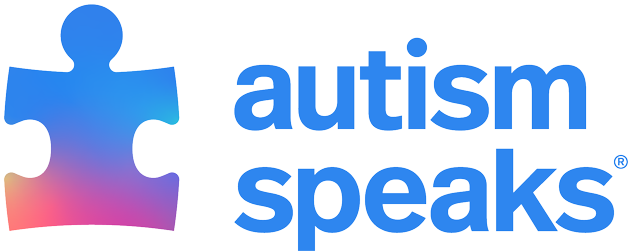Search
Down Syndrome and Autism Spectrum Disorder (DS-ASD)… al., 2015 ). However, it is important to know that: Like autistic people, people with Down syndrome have a range of skills and vary in achieving developmental milestones The common characteristics of autism may appear differently in people who … When autism occurs in someone with Down syndrome, the characteristics of autism (social and behavioral challenges, communication difficulties and restricted interests) may be observed in addition to the symptoms of Down syndrome … than their peers with Down syndrome Provide access to strategies, interventions and therapies aimed at improving interactions and decreasing behavioral challenges Help access needed educational and community services and social supports …
Autism symptoms… What are the symptoms of autism? The two core autism symptoms are: Challenges with social communication and interaction skills and Restricted and repetitive behaviors While autism spectrum disorder (ASD) looks different from … autism may have difficulty with social interaction and communication skills, particularly in these three areas: Social interactions Starting and taking turns in conversations Sharing interests or emotions Understanding what others are thinking …
Improving autism therapies by exploring the roots of social avoidance… a 2012-13 Autism Speaks Dennis Weatherstone Predoctoral Fellow. Today, Dr. Stavropoulos is a clinical psychologist and neuroscientist at the University of California-Riverside. Her recently published research findings grew out of her … behavior, and we base these approaches on different ideas about why people who have autism tend to struggle with social interactions. My Weatherstone fellowship project launched my research into two seemingly different ideas about why many … braking outside too high pitched. Along these lines, perhaps we should rethink the current practice of working on social communication and sensory issues separately. For example, a child with autism may work on social skills with a behavioral …
Autism Speaks announces new grant opportunity for autistic scientists… Scientists . Through this fellowship program, we hope to increase autistic representation in the field of autism research and empower a greater number of autistic scientists to pursue long-lasting research careers. The Predoctoral Fellowship … in low resource settings Pre-clinical studies aimed at reducing the most disabling challenges associated with autism Interactions with service systems that can inform systematic policy changes Research that benefits intersectional … Studies that focus on individuals who experience autism with intellectual disability, who use augmentative and alternative communication (AAC), or those for whom communication solutions are unavailable Letters of Intent are due on or before …
Social skills and autism… Many children and adults on the autism spectrum need help in learning how to act in different types of social situations. They often have … to be part of the community. What are social skills? Social skills are the rules, customs, and abilities that guide our interactions with other people and the world around us. In general, people tend to “pick up” social skills in the same way … instruction and "teachable moments" with practice in realistic settings Focus on timing and attention Support for enhancing communication and sensory integration Learning behaviors that predict important social outcomes like friendship and …
A hopeful future for an overlooked group of the autistic community… Dr. Nathan Call, a researcher at the Marcus Autism Center and member of Autism Speaks’ Autism Care Network (ACNet) , is dedicated to tackling some of the most complex and … the purpose the behavior serves for them. Our research has contributed to the mounting evidence that alternative means of communication can provide autistic people with new skills and coping strategies that help them better express their needs … to be alone for a moment. In response, we taught him to request privacy and helped him understand that sometimes brief interactions with others are necessary. As a result of the intervention, the time he chose to spend with others gradually …
Applied Behavior Analysis (ABA)… What is Applied Behavior Analysis? Applied Behavior Analysis (ABA) is a therapy based on the science of learning and behavior. Behavior analysis helps us to understand: How behavior works How behavior is affected by the environment How … helpful and decrease behaviors that are harmful or affect learning. ABA therapy programs can help: Increase language and communication skills Improve attention, focus, social skills, memory, and academics Decrease problem behaviors The methods … reinforcement for demonstrating useful skills and socially appropriate behaviors. The emphasis is on positive social interactions and enjoyable learning. The learner receives no reinforcement for behaviors that pose harm or prevent learning. …
ABA and other therapies… community about Applied Behavior Analysis (ABA). We know that each person’s experience with autism is uniquely individual and personal, including the resources and supports they may need. Some autistic people and their families say that ABA … on preventing self-stimulatory behavior (stims). Behavior analysts work with autistic people to improve skills like: Communication and language abilities Social skills Self-care and hygiene routines Play and leisure skills Motor abilities … BCBA. Inability to respond to concerns. Use of punishment instead of positive reinforcement. Aggressive or controlling interactions. Unwillingness to listen and stop when the client is overstimulated. Lack of data showing progress. Offering …
